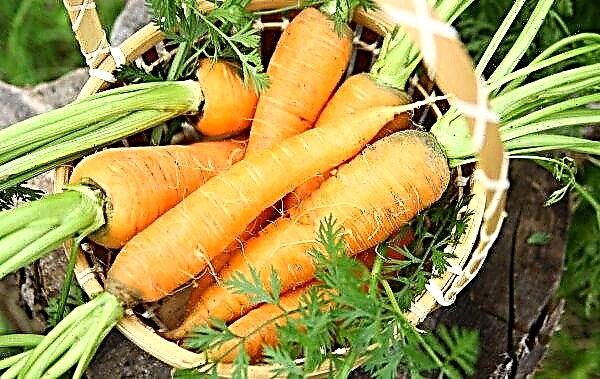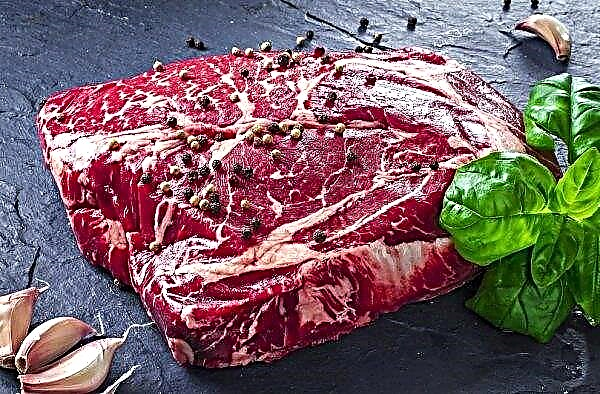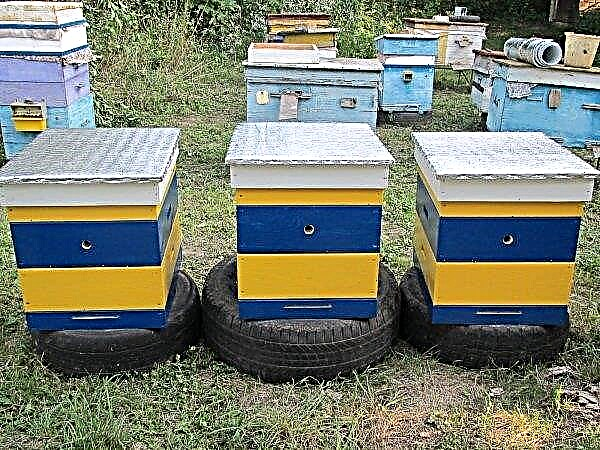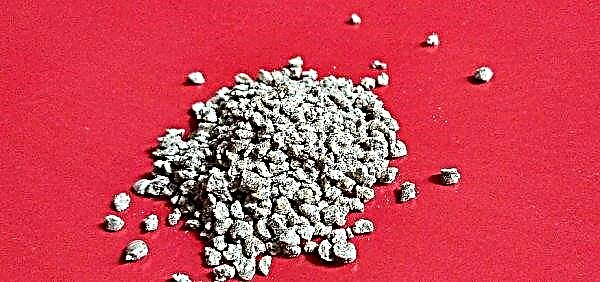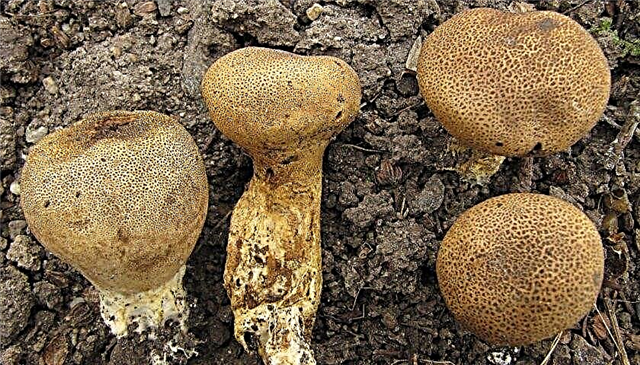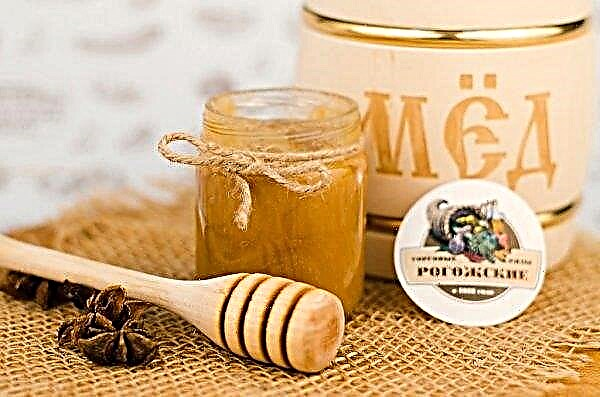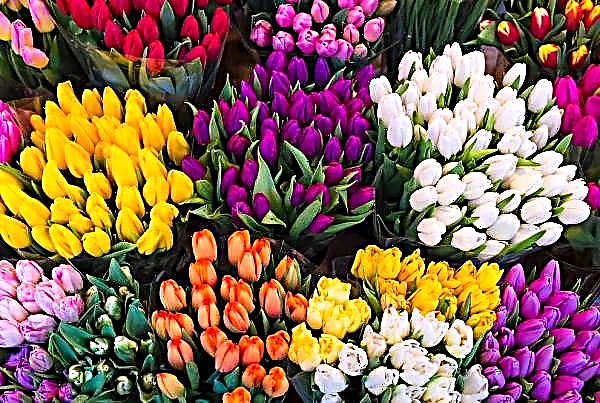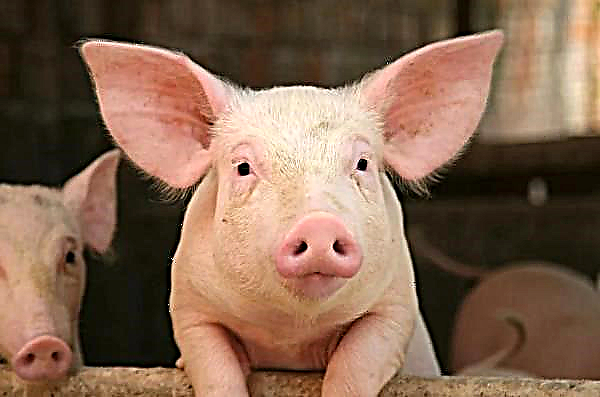Thuja is a coniferous plant that belongs to the Cypress family and pleases the eye with a year-round emerald color. Different varieties of thuja have individual shades, from yellow to blue. Thuja western Aureospicata differs from its close relatives in yellow fragments at the ends of needles. It looks great both in the center of the garden and in the form of a hedge.
Botanical tree description
Short description of Thuja western Aureospicata or Thuja occidentalis Aureospicata:
- appearance - in the form of a cone;
- the form - the crown is dense, the needles are dark green with yellowish or golden shoots at the ends of the spruce branches;
- the size - plant height from 2.8 to 3 m, diameter reaches 0.8–1.3 m;
- Group - coniferous tree;
- annual growth - up to 0.2 m;
- needles - has a scaly structure, soft, color - green or dark green, short, shoots are densified;
- root system - superficial;
- bumps - grow in the shape of an egg, shade - brown, size - up to 1 cm;
- insolation - partial shade will be ideal for thuja;
- the soil - humidity should be moderate, soil - drained, slightly alkaline or slightly acidic, lime may also be present.

Origin of name
There is no authentic information on the Internet from where the name Aureospicate came from. But in translation from Latin Aureospicate means Reinhold. Perhaps this is the name of the person who bred this variety.
Did you know? In North America, before its discovery by Columbus, thuja was used by residents as a remedy for scurvy and headache, since its branches contain vitamin C.
Landing
During the landing of Thuja occidentalis Aureospicata, several steps must be performed in stages, following simple rules:
- Site selection. It should be planted in a sunny place, although it is better to grow an adult thuja in a small shade, but a young tree in the sun develops better. Also, the site should be protected from strong winds.
- Landing pit. Depth should be 0.6–0.8 m, width proportional to the root system. If the soil is not “light” (peat or sandy loam), but heavy (loam), drainage is required, about 12-15 cm.
- Backfill with soil mixture. It can be prepared in advance, the composition should include sand, peat and sod land (component ratio 1: 1: 2, respectively).
- Fertilizing during planting. Gardeners recommend using nitroammosfosku (50-100 g).
- The distance between the seedlings. When planting a subsequent seedling, measure about 0.6–1 m so that the plants do not interfere with each other.

Thuja care
Thuja - a plant in unpretentious care. If winter promises to be especially cold and light snowy, it is best to tie the crown of the plant with some kind of covering material (lutrasil, spandbond or agrotherm), and cover the root zone with a low layer of a mixture of peat and straw.
It is not worthwhile to disclose thaw at the first rays of the spring sun so that Thuja occidentalis Aureospicata does not receive sunburn. The "liberation" of the plant from agrofibre should be carried out after thawing the soil - in the middle or at the end of April.
Watering and feeding
Top dressing should be carried out once a year - in the spring. For this, any complex fertilizer for conifers, for example, “Universal” or “Kemira,” 60–80 g per 1 m², is suitable.
Watering the tree should be carried out immediately after planting - 1 bucket per week, for 1-2 months. If the weather is hot outside, the amount of liquid should be increased to 2 buckets.
Loosening and mulching
Thuja cultivation should be done when the active growing season. This should be done shallowly, by 10-15 cm. Before loosening, weed and grass should be weeded and watered. Mulching is carried out with a layer of 6-8 cm, using peat, compost or bark.
Important! Thuja occidentalis Aureospicata loves moisture, so the more often the gardener irrigates it, the faster and more magnificent it will develop.
Pruning
Pruning a plant can occur for various reasons:
- stop the growth of the tree and give it the necessary shape;
- clean the thuja crown from dry and diseased branches.
 Thuja occidentalis Aureospicata without the intervention from outside forms a regular, conical shape, and there is no special need to specifically intervene in the natural process. If only the owner of the plot can be not satisfied with the too high density of the crown or think of some design move associated with a certain form of thuja.
Thuja occidentalis Aureospicata without the intervention from outside forms a regular, conical shape, and there is no special need to specifically intervene in the natural process. If only the owner of the plot can be not satisfied with the too high density of the crown or think of some design move associated with a certain form of thuja.
Sanitary processing of a tree, on the contrary, is necessary and mandatory, as it directly affects the healthy appearance of the plant. In addition, broken or diseased processes of the tree will only damage.
Important! If the plant is cut at the beginning of spring, before the start of the active vegetative period, then you can stop its growth or adjust the size of the crown. If you want a faster pace of development of Aureospicates, it should be shortened after it fades.
Growth Features
This type of arborvitae is too capricious of external factors and grows in areas with various features, but for the successful development of the tree, several simple rules should be observed:
- When growing a large number of seedlings on a site, do not exceed the density of planting - 300 trees per 1 thousand m².
- The acidity of the soil should not be more than 6-7 pH.
- The ideal rainfall for successful plant development is 1000–1300 mm per year.
- The soil is calcareous or nitrogenous.
- Potassium salts and phosphorus must be present in the soil, which ensure soil fertility.

Transfer
When planning a transplant of Thuja occidentalis Aureospicata, it is necessary, first of all, to take care of a new place of plant growth. They dig a hole a few weeks before the process. The area to which the tree will be transferred must fully comply with the thuja preferences indicated above.
Digging up an instance from the soil must be done very carefully so as not to damage the roots. The wounds caused by a shovel heal for a very long time and can affect the overall development of the plant. Also, experienced gardeners do not advise carrying a young tree. It is better to expose to this process adult, fully matured specimens. Naturally, sick thuja cannot be touched at all until their full recovery.
The transplant process itself can be divided into a number of simple steps:
- Dig a hole.
- Extract the plant, to avoid damage, measure 60–70 cm from the trunk.
- To transport a tree with part of the soil, it is best to use a garden cart.
- Plant in a new place in the center of the pit, so as not to break the root processes.
- Pour in the nutrient mixture, manually compact and pour with plenty of water.

Possible diseases and pests
Diseases Aureospicates are associated with the spread of harmful fungi or mechanical damage to a tree trunk.
The most common of them:
- Fusarium
- necrosis (drying branches);
- pestalocium wilt;
- stem rot;
- shute.
Video: 5 diseases thuj
From these diseases, the plant is treated with copper or iron sulfate, 1% Bordeaux solution or systemic fungicides. Affected areas of thuja are removed.
Did you know? In China, young stems of thuja are used for problems with nerves. Decoctions based on this plant treat insomnia, rapid heart function and depression.
Some insects also like to parasitize on the trunk and crown of Aureospicata. The most common:
- false shield;
- coniferous aphids;
- bug (grass and berry);
- nutcracker beetle;
- slugs and snails;
- shrimp beetle.
 From these parasites, spraying the tree with insecticides or preparations containing imidacloprid helps (Prestige, Antichrush, Aktara, Enzhio).
From these parasites, spraying the tree with insecticides or preparations containing imidacloprid helps (Prestige, Antichrush, Aktara, Enzhio).
The use of wood in landscape design
In landscape design, conifers take pride of place. Thanks to their evergreen branches, they look great at any time of the year. Thuja occidentalis Aureospicata is typically used in the formation of hedges. Some designers like to create various shapes from thuja or to designate the contours of alleys with them. Due to the rather dense crown, thuja perfectly absorb street noise and prevent drafts in the garden.

Thuja western Aureospicata is an unpretentious plant, it is easy to grow and easy to maintain in an attractive, healthy state for many years. The tree will decorate the landscape with its evergreen cone.


